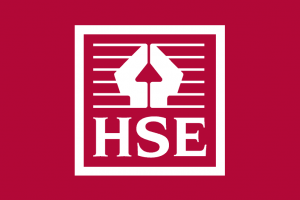Profit warnings nudge upwards

QUOTED companies in the North of England have issued 11 profit warnings in the second quarter of 2016, up slightly from the same quarter last year when 10 profit warnings were issued.
EY’s latest Profit Warnings report said this was a clear improvement on 2014 figures when 15 profit warnings were issued in this quarter.
Conversely, the report shows that the number of profit warnings across the UK has jumped to 66, from 57 in the same quarter last year, making it the highest level of second quarter profit warnings since 2008.
The highest jump in profit warnings came from quoted companies in the South East of England, which saw the number of warnings issued in the region more than double.
Some 21 warnings were issued in the second quarter of 2016 up from 10 in the same quarter last year.
The North West and Yorkshire regions both issued four profit warnings in this period. The North East issued three.
Slower than expected sales continues to trigger most UK profit warnings.
However, 11% of the profit warnings in Q2 nationally relate to the EU referendum, with companies primarily citing the impact of uncertainty on demand and the weaker pound.
Sam Woodward, restructuring partner at EY in the North West, said: “The uncertainty created in the lead up to the EU referendum has already impacted profit warnings nationally.
“Whilst the North West seems to have weathered the storm, the third quarter will be a key test for the resilience of companies in the region and their ability to manage the Brexit challenge whilst positioning themselves to capture the opportunities which may arise.
“Brexit will disrupt company operations and business models; but this is part of a bigger disrupted picture and the need to adapt, innovate and capture limited growth in constantly changing markets continues unabated.
“Companies will need an integrated response to help them navigate their way through this period of immense change.
“The winners will be those that demonstrate clear thinking about their priorities, build in resilience to cushion the knocks and ensure that they can take advantage of opportunities. It’s all change again, but upheaval and transformation are becoming the norm.”







